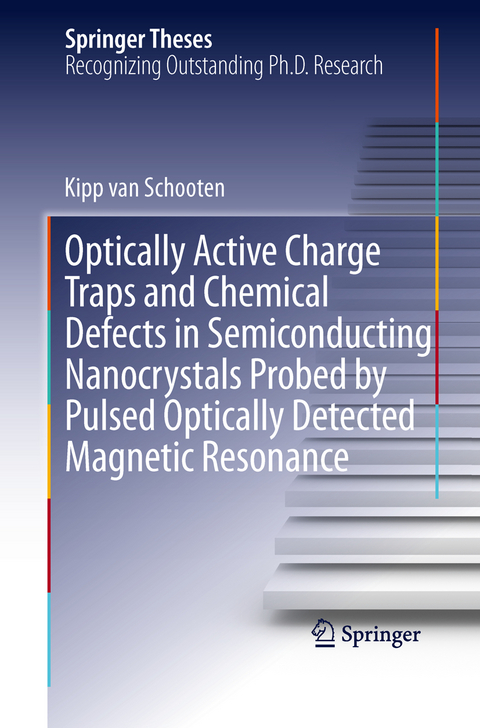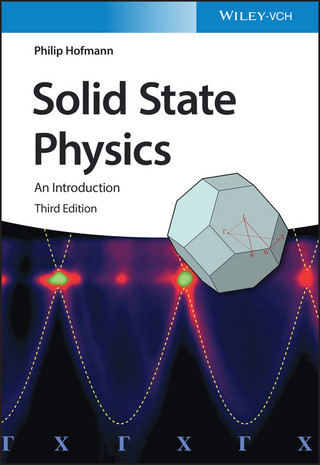
Optically Active Charge Traps and Chemical Defects in Semiconducting Nanocrystals Probed by Pulsed Optically Detected Magnetic Resonance
Springer International Publishing (Verlag)
978-3-319-03328-0 (ISBN)
Colloidal nanocrystals show much promise as an optoelectronics architecture due to facile control over electronic properties afforded by chemical control of size, shape, and heterostructure. Unfortunately, realizing practical devices has been forestalled by the ubiquitous presence of charge "trap" states which compete with band-edge excitons and result in limited device efficiencies. Little is known about the defining characteristics of these traps, making engineered strategies for their removal difficult.
This thesis outlines pulsed optically detected magnetic resonance as a powerful spectroscopy of the chemical and electronic nature of these deleterious states. Counterintuitive for such heavy atom materials, some trap species possess very long spin coherence lifetimes (up to 1.6 µs). This quality allows use of the trapped charge's magnetic moment as a local probe of the trap state itself and its local environment. Beyond state characterization, this spectroscopy can demonstrate novel effects in heterostructured nanocrystals, such as spatially-remote readout of spin information and the coherent control of light harvesting yield.
Kipp van Schooten Department of Physics and Astronomy University of Utah Salt Lake City, UT, 84112 USA Kipp van Schooten received his Ph.D. in Physics (Condensed Matter focus) from the University of Utah in December 2012. He received the Outstanding Teaching Assistant award each year from 2005 - 2009 for the courses "Intro to Quantum Relativity" and "Solid State Physics II." In 2011, he also received first place for Best Graduate Student Oral Presentation at the University of Utah.
Introduction.- Experimental Methods.- Spin-Dependent Exciton Quenching and Intrinsic Spin Coherence in CDSE/CDS Nanocrystals.- Towards Chemical Fingerprinting of Deep-Level Defect Sites in CDS Nanocrystals by Optically Detected Spin Coherence.- Summary of Work.
| Erscheinungsdatum | 05.03.2022 |
|---|---|
| Reihe/Serie | Springer Theses |
| Zusatzinfo | XIV, 90 p. 28 illus. in color. |
| Verlagsort | Cham |
| Sprache | englisch |
| Maße | 155 x 235 mm |
| Gewicht | 172 g |
| Themenwelt | Naturwissenschaften ► Physik / Astronomie ► Atom- / Kern- / Molekularphysik |
| Technik ► Elektrotechnik / Energietechnik | |
| Schlagworte | CdSe/CdS Nanocrystals • Colloidal Nanocrystals • Electron Spin Resonance • Light Harvesting • nanoscale science and technology • nanotechnology • Nanotechnology and Microengineering • Optically Active Charges • Optically Active Charge Traps • Optically Detected Spin Coherence • Physics and Astronomy • Pulsed Optically Detected Magnetic Resonance • Quantum Information Technology, Spintronics • semiconductors • Seminconducting Nanocrystals • Spectroscopy and Microscopy • Spin Coherence • Spin Echo Envelop Modulation • Trap States |
| ISBN-10 | 3-319-03328-X / 331903328X |
| ISBN-13 | 978-3-319-03328-0 / 9783319033280 |
| Zustand | Neuware |
| Haben Sie eine Frage zum Produkt? |
aus dem Bereich


